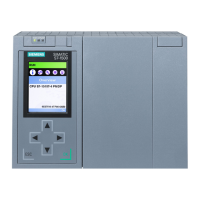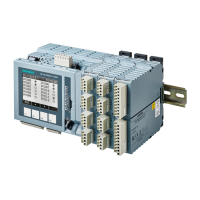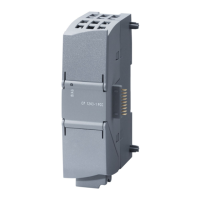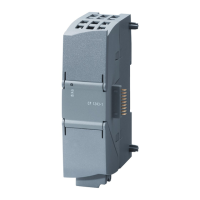Operator controls and operating modes of the CPU 410-5H
7.2 System states of the redundant CPU 410-5H
CPU 410-5H Process Automation/CPU 410 SMART
98 System Manual, 10/2013, A5E32631667-AA
3. No error was found in ERROR-SEARCH operating state (see Chapter ERROR-SEARCH
mode (Page 95))
4. Programmed master-standby switchover with SFC 90 "H_CTRL"
Synchronizing the subsystems
The master and standby CPUs are linked by fiber-optic cables. Both CPUs maintain event-
synchronous program execution via this connection.
Figure 7-1 Synchronizing the subsystems
Synchronization is performed automatically by the operating system and has no effect on the
user program. You create your program in the same way as for standard S7-400 CPUs.
Event-driven synchronization procedure
The "event-driven synchronization" procedure patented by Siemens was used for the S7-
400H.
Event-driven synchronization means that the master and standby always synchronize their
data when an event occurs which may lead to different internal states of the subsystems.
The master and standby CPUs are synchronized when:
● There is direct access to the I/O
● Interrupts occur
● User timers (e.g., S7 timers) are updated
● Data is modified by communication functions
Continued bumpless operation even if redundancy of a CPU is lost
The event-driven synchronization method ensures bumpless continuation of operation by the
standby CPU even if the master CPU fails. The inputs and outputs do not lose their values
during the master-standby switchover.
Malfunctions or errors must be detected, localized and reported as quickly as possible.
Consequently, extensive self-test functions have been implemented in the S7-400H that run
automatically and entirely in the background.
